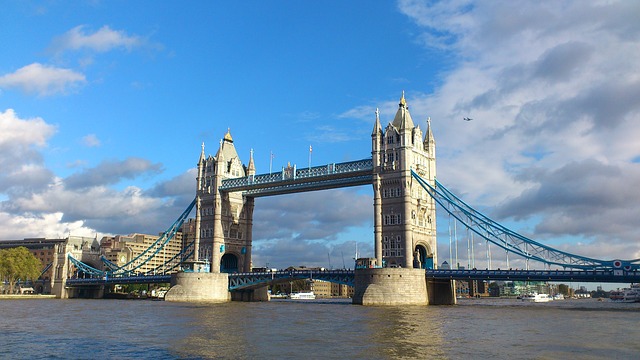
16 Mar Prime rental prices and standards increasing in London
Big residential portfolio investors and traditional family owned estates are raising the bar for quality and service on offer to tenants in central London through investment in their rental stock, research shows.
Private landlords will need to adapt to these new standards if they are to attract and maintain tenants, in a prime central London market that is beginning to see more subdued rental growth, according to the latest prime lettings report from international real estate service provider Savills.
Across prime London, rents increased 1.3% over the last three months, the largest quarterly increase in two years. The biggest growth was recorded in the South West where rents rose by 2%. By contrast, prime central London rents slipped by 0.3% on average.
Rents in prime central London, the highest in the capital at £62 per square foot but are still some 3.2% below peak. In the most expensive core central areas, including Knightsbridge, rents are 6.5% below 2007 levels. In prime central London flats continue to outperform houses.
Only in South West and East London are rents now above peak 2007 levels. The prime South West suburbs saw the strongest growth in the quarter as renters looking for value continued their migration from more central locations.
Across the South East of England rents rose 1.2% over the past twelve months, pushed up by demand from families who intend to relocate but choose to rent before committing to purchasing a home in more affordable locations outside of London.
Savills forecasts that rents in prime central London will marginally outperform the mainstream this year with a 3% rise compared with 2.5%. The gap will grow over the five years to 2017 with rents in prime central London rising by 24% while mainstream rents are expected to grow by 18.2%.
‘Prime central London rents tend to be more volatile than the rest of the market because they are driven largely by corporate demand and City sentiment, but offer the strongest future growth potential,’ said Sophie Chick of Savills Research.
‘Investment by corporate landlords will challenge all private landlords to up their game to secure future rental income. In central London, relocation agents and corporate tenants are now actively seeking properties that are professionally managed, whether owned by large estates or private individuals as they are providing a quality service. This can help secure lucrative longer tenancies and reduce costly voids for the landlord,’ she explained.
The data also shows that demand for smaller properties, particularly from would be first time buyers priced out of home ownership, has pushed up the cost of renting one and two bedroom homes since 2007.
Rental growth for smaller properties have outperformed bigger homes over the last year, as rental demand continues to be driven by those who can not afford to buy. One bedroom flat rents are now 3.2% above peak, up 1.2% year on year.
By contrast, demand for larger houses has declined as multinational companies relocate fewer executives with their families to London, so renting a five bedroom house will cost 6.8% less than at peak, having slipped a further 1.6% year on year. In prime South West London this falls to just 1% below peak, with rents boosted by demand from families, particularly longer term expats from Western Europe.
(PropertyWide, 15th March 2013)

